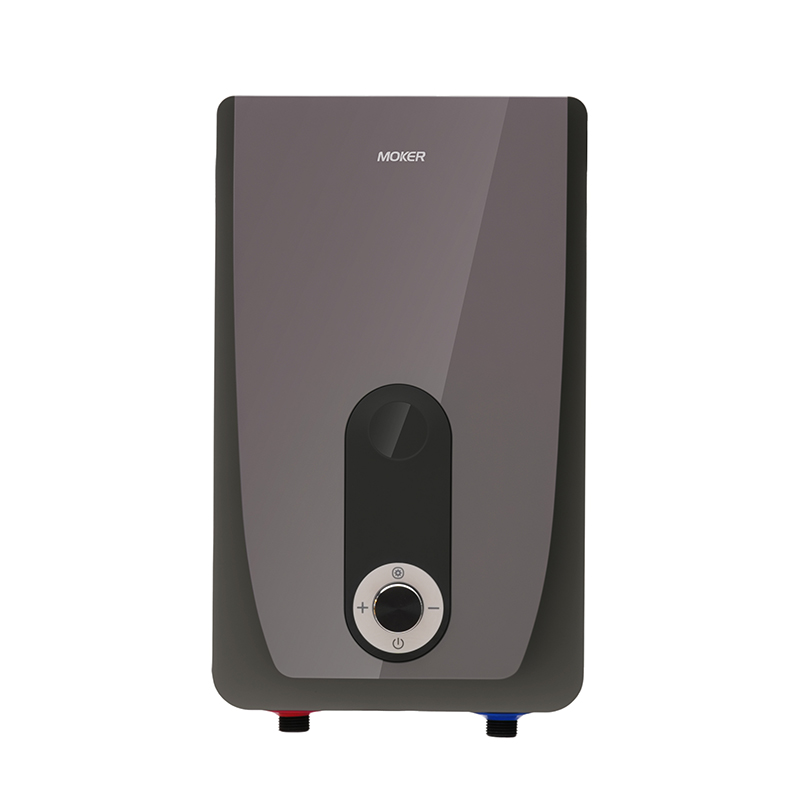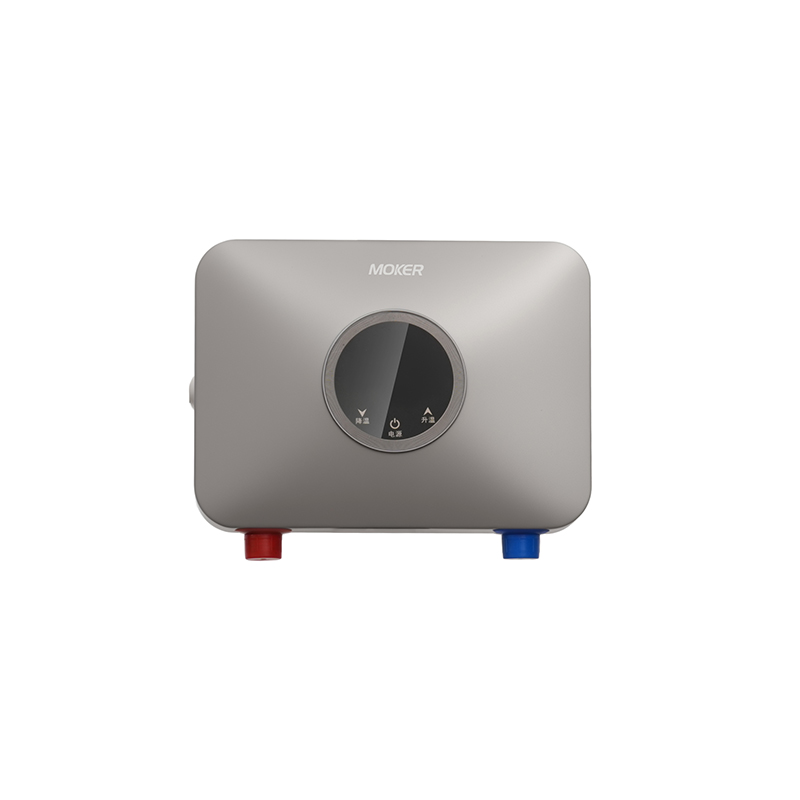Energy Type Adaptation and Conversion Potential of Different Water Heaters
Energy type adaptation refers to water heater’s ability to operate on specific energy sources (e.g., electricity, natural gas), while conversion potential means whether water heater can switch to a different energy type after initial installation. This factor is critical for households facing energy source changes—such as moving to an all-electric home, switching from gas to solar-backed electricity, or relocating to an area without gas lines. Electric water heater, Tankless Water Heater, Instant water heater, electric tankless water heater, and instantaneous water heater electric each have distinct energy 适配 and conversion traits, shaped by their core components.
Electric water heater is designed for exclusive electricity use, with no energy conversion potential. Electric water heater relies on electric heating elements (1500–5500 watts) connected to residential electrical circuits (240V for most models) to heat stored water. The entire structure of Electric water heater—from wiring to tank insulation—is optimized for electrical operation: there is no space or compatibility for adding gas burners, gas lines, or combustion vents. This means once installed, Electric water heater cannot be converted to run on natural gas or propane; users must replace the entire unit if switching to a gas energy source. However, Electric water heater adapts well to different electrical setups: it can operate on standard grid electricity, solar-generated electricity, or backup generators (with proper voltage matching), making Electric water heater flexible for homes with diverse electrical energy supplies.
Tankless Water Heater offers dual energy type options but limited post-installation conversion. Tankless Water Heater is manufactured in two distinct variants: gas-powered (running on natural gas or propane) and electric (relying on 240V+ circuits). Gas-powered Tankless Water Heater uses combustion burners and vent systems to heat water, while electric Tankless Water Heater uses high-wattage heating elements—these components are mutually exclusive, with no overlap in design. Converting a gas Tankless Water Heater to electric (or vice versa) requires replacing critical parts like heat exchangers, control boards, and fuel delivery systems—work that is cost-prohibitive and often impossible due to size and wiring differences. However, Tankless Water Heater adapts well within its energy type: gas models can switch between natural gas and propane with a simple orifice change (manufacturer-approved kits), while electric models can adjust to solar electricity (with proper inverter support) without modifications.
Instant water heater is exclusively electric-powered, with no conversion to gas possible. Instant water heater’s compact design is built around low-to-moderate wattage electric elements (2000–5000 watts) and standard 120V or 240V electrical connections. There is no space in Instant water heater for gas components like burners or vents, and its plastic or small metal casing cannot withstand gas combustion heat. This means Instant water heater cannot be converted to gas operation; replacement is the only option for energy type changes. Instant water heater adapts well to different electrical scenarios: it works with standard outlets (for 120V models) or dedicated circuits (for 240V models), and can run on solar electricity as long as voltage requirements are met—making Instant water heater suitable for off-grid homes with small-scale electrical systems.
Electric tankless water heater is strictly electric, with no energy conversion flexibility but strong electrical adaptation. electric tankless water heater’s core components—modulated electric heating elements, 240V+ wiring, and electronic flow sensors—are designed solely for electrical operation. Similar to Electric water heater, electric tankless water heater cannot be converted to gas, as it lacks space for combustion parts and venting. However, electric tankless water heater excels at adapting to electrical energy variations: it can use grid electricity, solar power, or battery backups (with sufficient amperage), and some models include voltage regulators to handle minor electrical fluctuations. Unlike Instant water heater, electric tankless water heater requires dedicated high-amperage circuits (30–60 amps), but this setup still allows flexibility within electrical energy types—no modifications needed for different electrical sources.
Instantaneous water heater electric is exclusively low-wattage electric, with no conversion potential but broad small-scale electrical adaptation. instantaneous water heater electric’s tiny heating coil (0.1–0.2 inches diameter) and plug-in design (120V standard) are optimized for minimal electrical use, making instantaneous water heater electric incompatible with gas energy sources. There is no way to add gas components to instantaneous water heater electric without destroying its compact structure, so conversion is impossible. However, instantaneous water heater electric adapts perfectly to small electrical setups: it works with standard wall outlets, USB-powered backup systems (for mini models), and solar generators (with 120V output), making instantaneous water heater electric ideal for RVs, tiny homes, or guest cabins with limited electrical capacity.
Energy type adaptation and conversion potential vary by water heater design: Electric water heater, Instant water heater, electric tankless water heater, and instantaneous water heater electric are exclusively electric (no gas conversion), while Tankless Water Heater offers gas/electric options but no cross-conversion. Choosing a water heater based on long-term energy plans—such as future solar adoption or gas line availability—avoids costly replacements later. For homes likely to switch energy types, Tankless Water Heater (with gas/propane flexibility) or Electric water heater (with solar compatibility) are optimal, while instantaneous water heater electric suits stable small-scale electrical setups.





